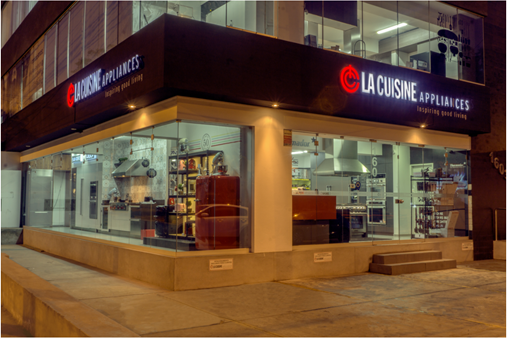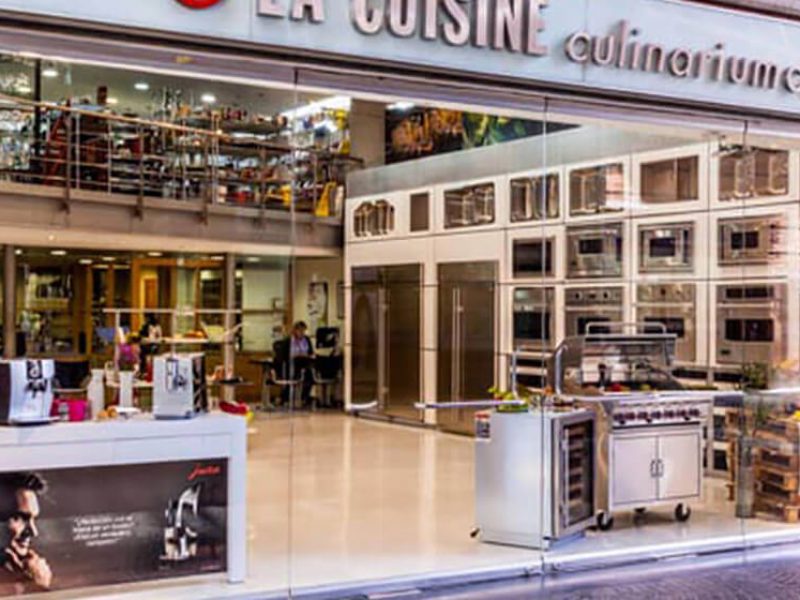
Our Company
Locations
Contact Us
Newsletter
Sign up to receive email updates on the latest products, collections and campaigns.

Concrete and bricks have been mainstays of construction for decades due to their versatility, durability, and strength. However, these materials also have a significant environmental impact, contributing to high carbon emissions.
In the search for sustainable alternatives, scientists have been inspired by nature and, more specifically, by sandcastle worms (Phragmatopoma californica) -yes, what you just read- to create an environmentally friendly building material that promises to revolutionize the industry.
Finding inspiration in nature
These marine invertebrates that inhabit the California coast have been a source of inspiration for a team of scientists from the Technical Institute of Physics and Chemistry of the Chinese Academy of Sciences. Sandcastle worms are known to build tubular reefs, similar to sandcastles, that serve as their home.

What makes them remarkable is their ability to discharge adhesive containing cationic and anionic proteins that allow them to firmly bind grains of sand and create extraordinarily resistant structures.
But what do they have to do with human construction? Well, this natural adhesive from sandcastle worms was the main idea behind the creation of a low-carbon building material. Unlike conventional binders used in construction, this material is based on natural adhesives, which are renewable and environmentally friendly. The key to success lies in mimicking the bonding process of sand grains, similar to that used by marine worms to create their structures.
This new sustainable building material, known as nLCBMs/±, is manufactured using oppositely charged biopolymers. This material is capable of binding different types of grains, such as desert sand, sea sand, concrete slag, coal ash, and mineral waste, at low temperatures and atmospheric pressure. This makes it an energy-efficient and sustainable option.

What are its advantages?
The nLCBMs/± developed from this technique exhibit exceptional compressive strength, which meets cement-based construction standards. In addition, it is recyclable by hydration and has good weather resistance. These characteristics make this material a promising alternative for low-energy construction, reducing both energy consumption and carbon emissions.
The global impact it entails
The construction industry is currently facing the challenge of reducing its carbon footprint and finding more environmentally friendly solutions, so this sandcastle worm-inspired material could be the answer to this urgent demand. Not only is it more environmentally sustainable, but it also offers superior mechanical performance to concrete.
This innovative material has the potential to revolutionize construction as we know it and also demonstrates that nature can provide innovative solutions to contemporary challenges. By harnessing the inspiration found in nature, we can move towards a more sustainable and environmentally friendly building industry in the future.

Sign up to receive email updates on the latest products, collections and campaigns.
Carrera 9 Nº80-45
Bogotá D.C., Colombia
Monday to Friday: 11:00 a.m. - 07:00 p.m.
Saturday: 11:00 a.m. - 06:00 p.m.
(+571) 432.7408/7493

Calle 77 #72-37
Barranquilla, Colombia
Monday to Friday: 08:00 a.m. - 06:00 p.m.
Saturday: 09:00 a.m. - 01:00 p.m.
(+57) 605 352 0851

Edificio La Cuisine
Costado Suroeste, C.C. La Paco
Escazú, Costa Rica
Monday to Friday: 09:00 a.m. - 05:00 p.m.
Saturday: 10:00 a.m. - 04:00 p.m.
(+506) 4000.3555

Galerías de Puntacana No. 51
Punta Cana, La Altagracia, R.D.
Monday to Friday: 09:00 a.m. - 06:00 p.m.
Saturday: 10:00 a.m. - 01:00 p.m.
(809) 378.9999

C/Rafael Augusto Sánchez No.22,
Piantini, Santo Domingo, R.D.
Monday to Friday: 09:00 a.m. - 06:00 p.m.
Saturday: 09:00 a.m. - 01:00 p.m.
(809) 378.9999

18187 Biscayne Bvld., Aventura
FL 33160
Monday to Friday: 10:00 a.m. - 06:00 p.m.
Saturdays by appointment.
(786) 322 5432
www.lacuisineappliances.com
sales@lacuisineappliances.com

3232 Coral Way,
Miami FL 33145
Monday to Friday: 10:00 a.m. - 06:00 p.m.
Saturday: 10:00 a.m. - 03:00 p.m
(305) 442-9006
www.lacuisineappliances.com

2005 NW 115th Avenue
Miami, FL 33172
Monday to Friday: 09:00 a.m. - 05:30 p.m.
Saturday: Closed
(+1) 305 418.0010
info@lacuisineinternational.com

Obarrio. Av. Samuel Lewis,
Addison House Plaza,
Local No.11, Panamá
Monday to Friday: 09:00 a.m. - 06:00 p.m.
Saturday: 10:00 a.m. - 04:00 p.m.
(+507) 265.2546/2547

Av. Caminos del Inca 1603,
Santiago de Surco, Perú
Monday to Friday: 10:00 a.m. – 07:00 p.m.
Saturday: 10:00 a.m. – 01:00 p.m.
(+511) 637.7087

Centro Comercial San Ignacio, Nivel C, local No.5
Caracas, Venezuela
Monday to Saturday: 10:00 a.m. – 07:00 p.m.
(+58) 212 264.5252
(+58) 414 018.5352 (Wholesale)
ventas@lacuisineappliances.com

Complejo Pradera Ofibodegas No.13,
20 calle final Z. 10 Km. 6.8 Carretera a Muxbal,
Santa Catarina Pínula, Guatemala
Monday to Friday: 08:00 a.m. - 05:30 p.m.
Saturday: 09:00 a.m. - 12:30 p.m.
(+502) 6671-3400
